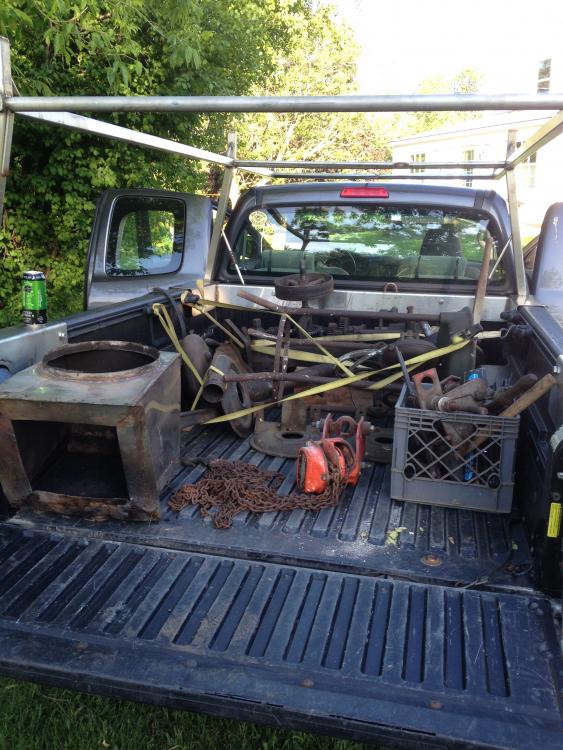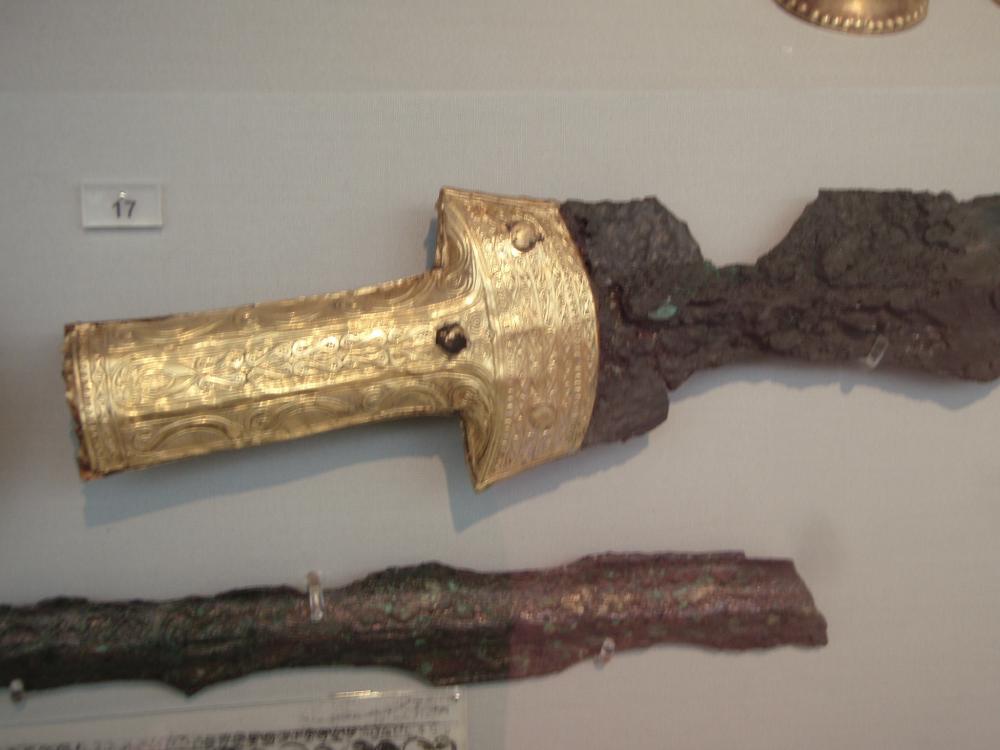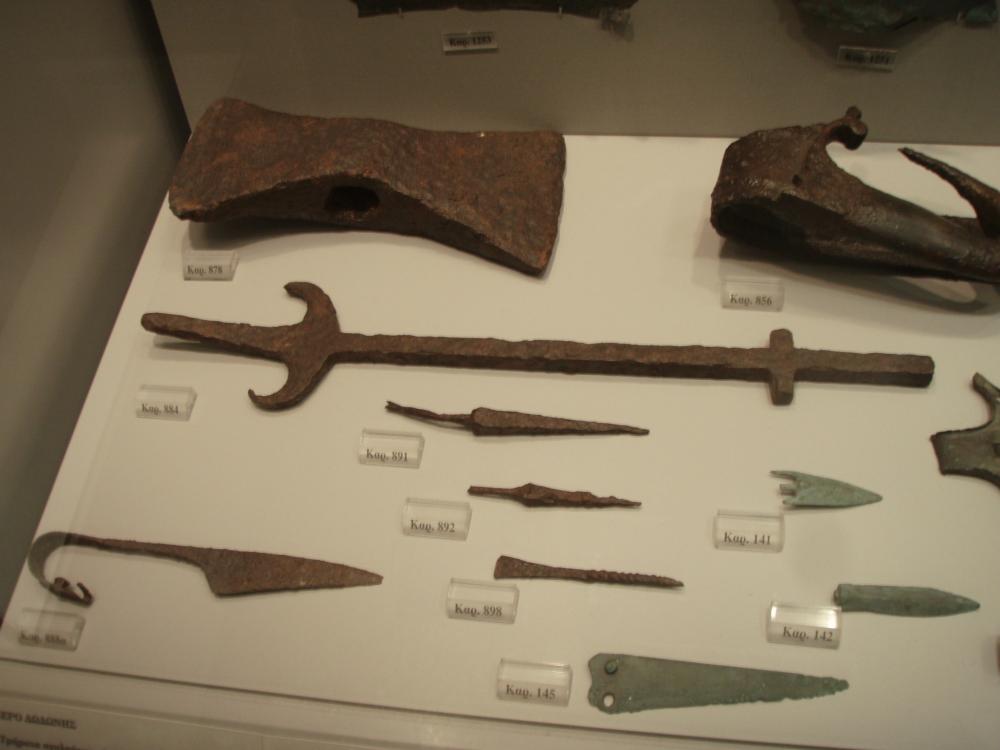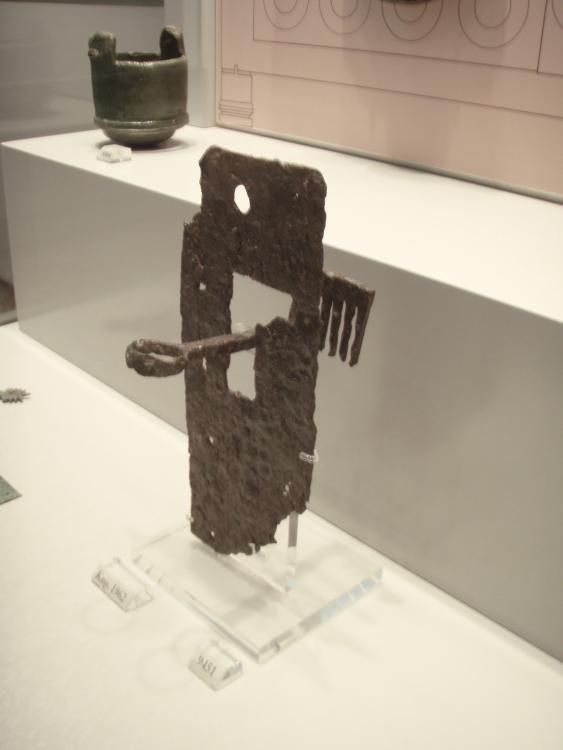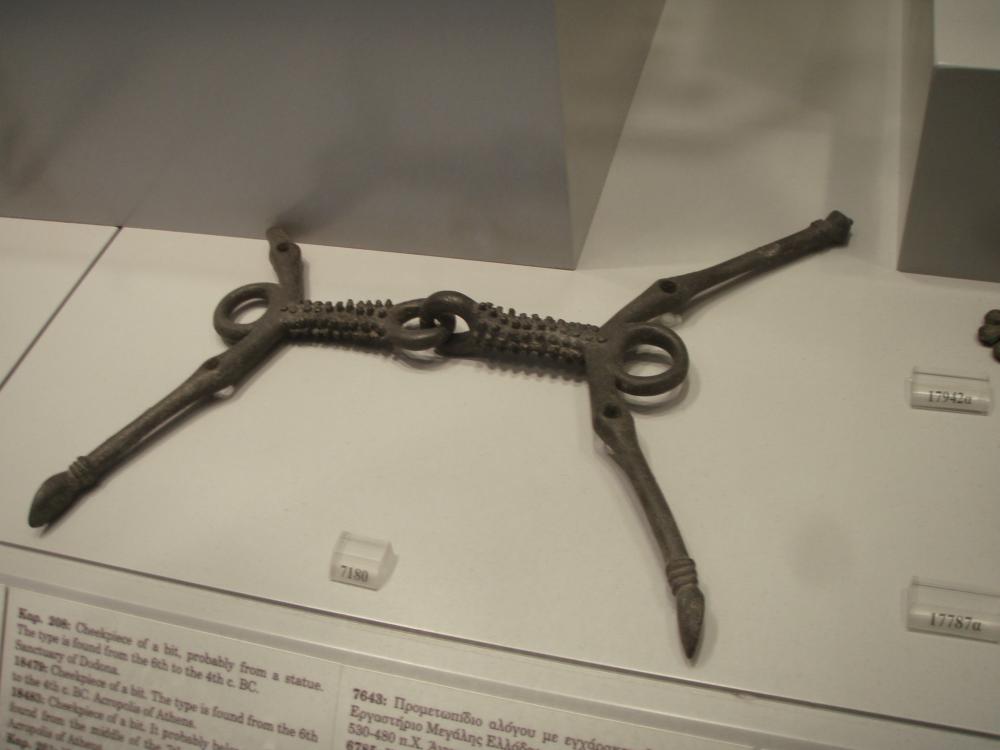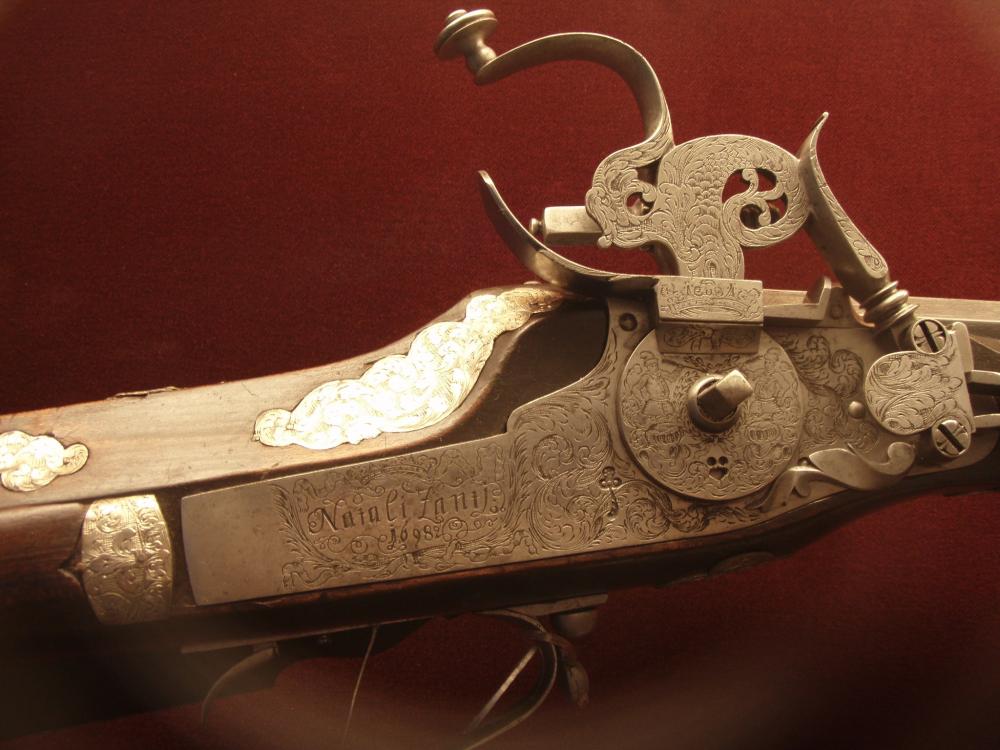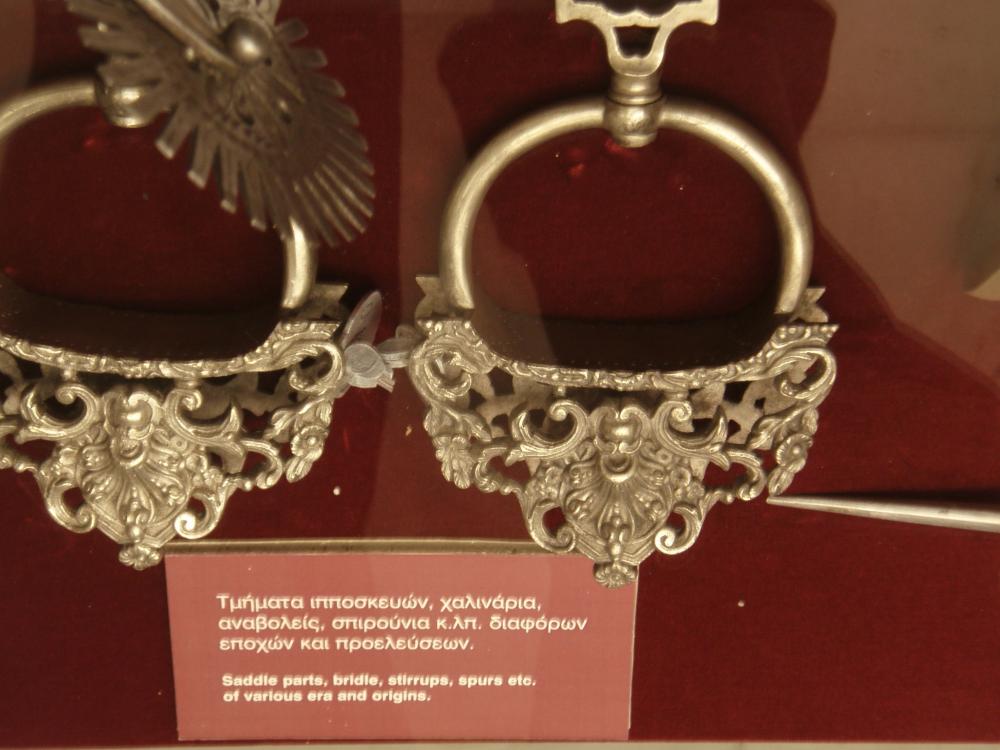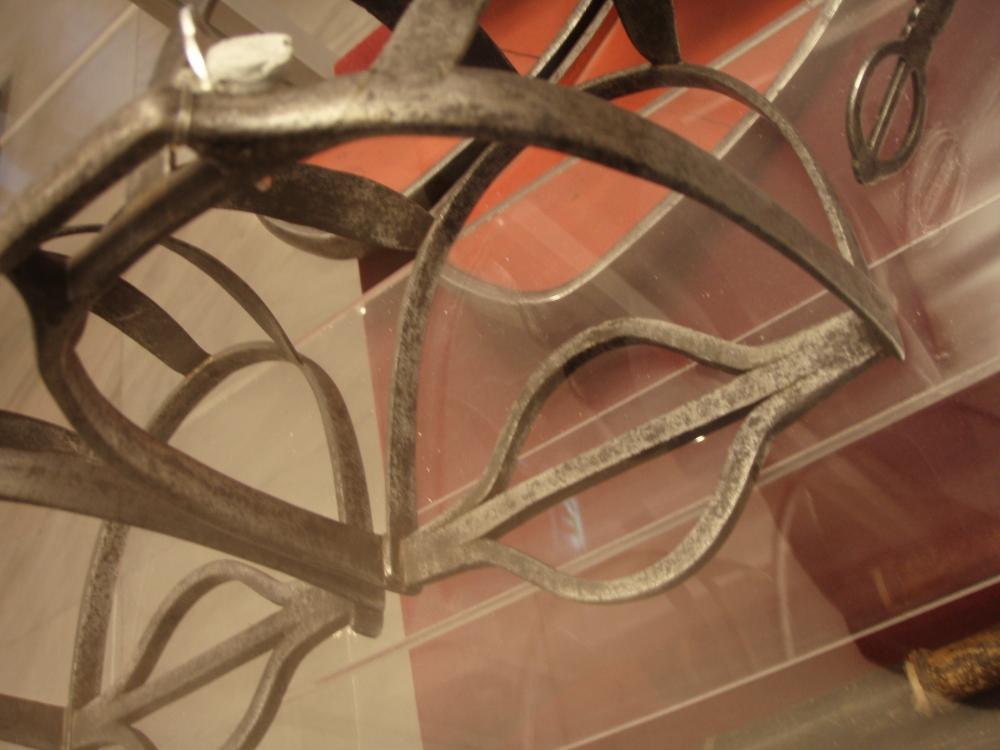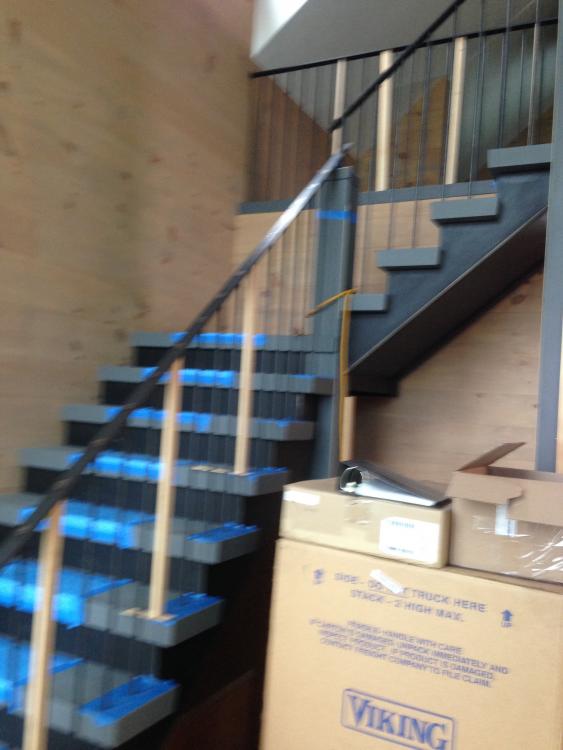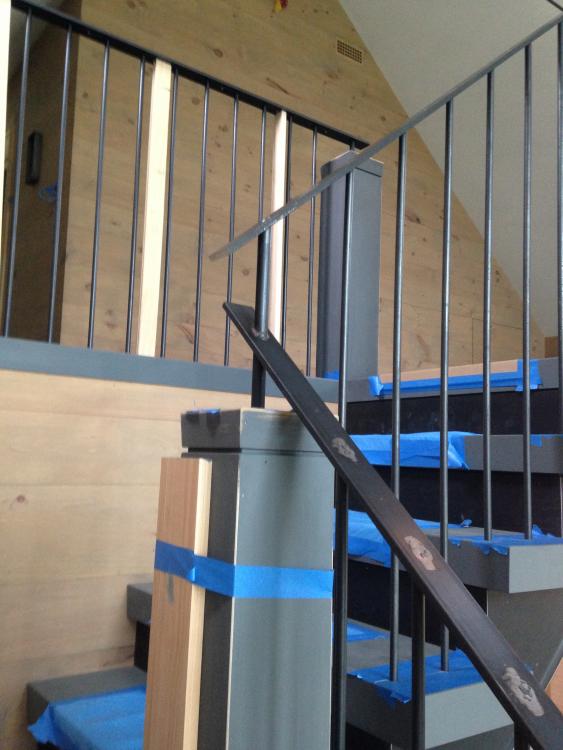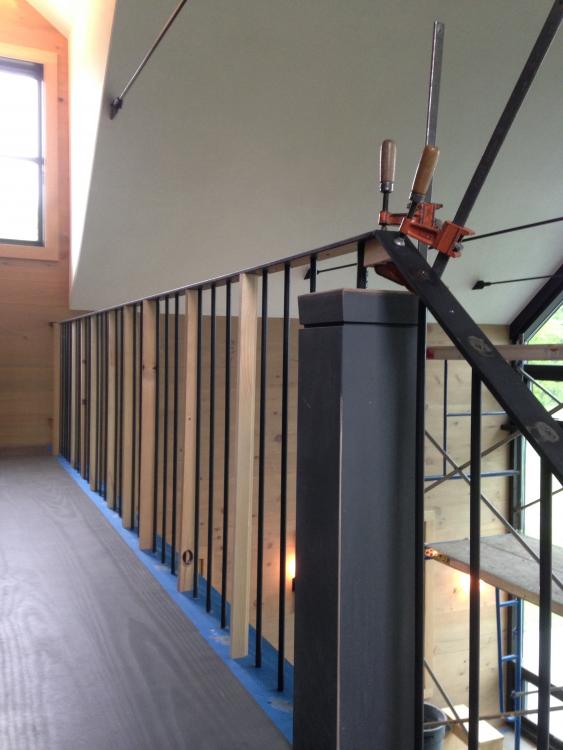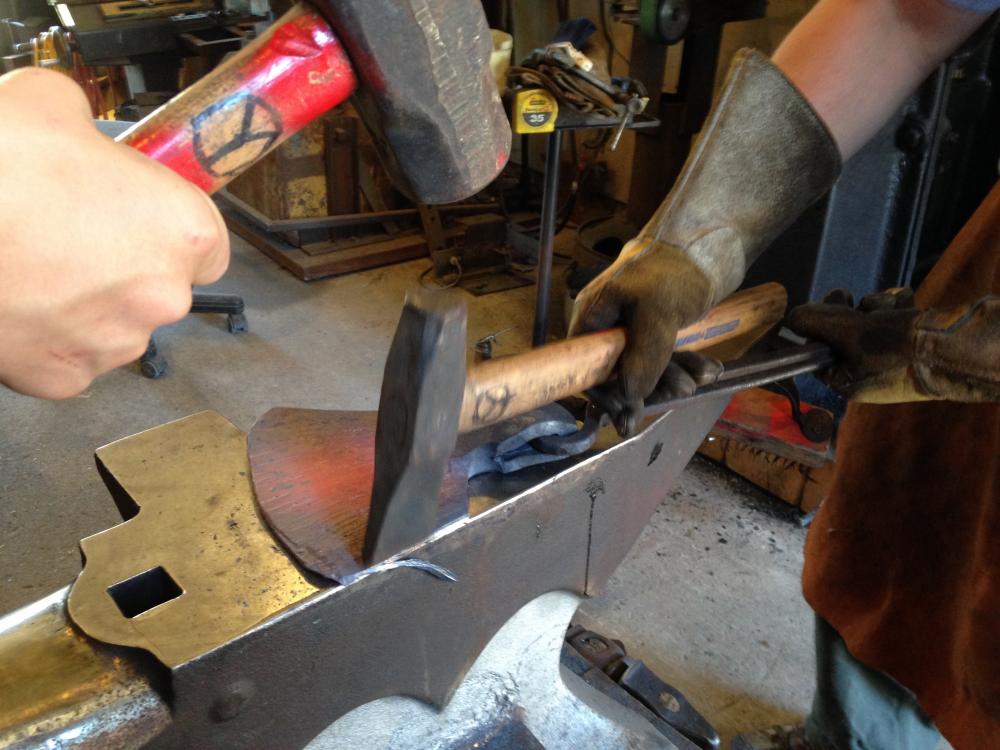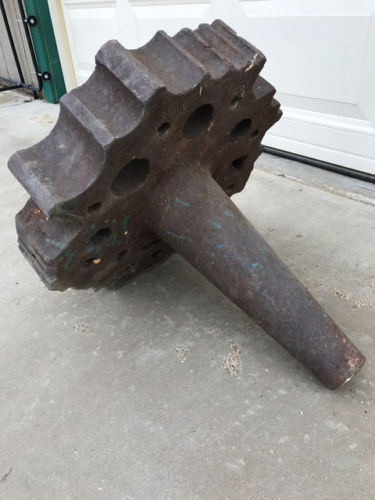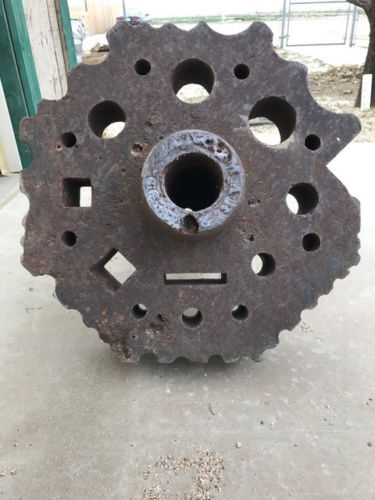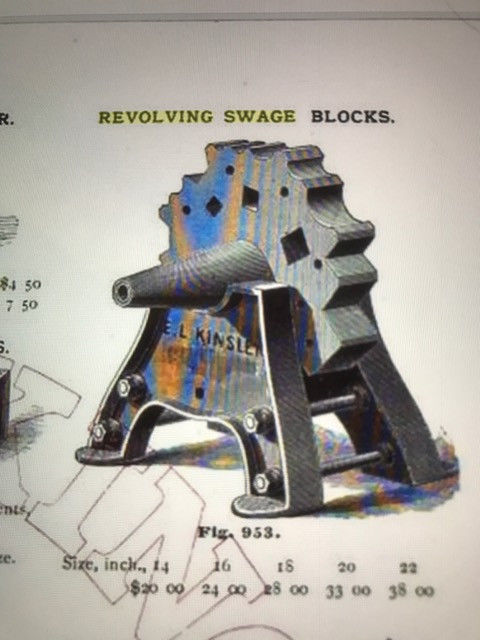-
Posts
1,804 -
Joined
-
Last visited
Content Type
Profiles
Forums
Articles
Gallery
Downloads
Events
Everything posted by Judson Yaggy
-
any ideas on the one on the stump ?? Peter Wright probably.
-
Bob Menard of Ball and Chain Forge, Portland Maine is hosting one. Google him for contact and details, I don't know if the workshop is full or not.
-
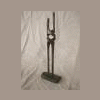
New England Blacksmiths Meet June 2017
Judson Yaggy replied to jlpservicesinc's topic in Events, Hammer ins, Where to meet
-
Something is wrong but it's hard to tell what it is with that vid. Try upping the tension on the spring as an easy first adjustment. Only change one variable at a time, see if it works or not, and take notes on what you adjust.
- 4 replies
-
- trip hammer
- 50lb
-
(and 2 more)
Tagged with:
-
If you are on that tight of a budget look into building a "Rusty" aka "Appalachian" spring hammer. Probably the simplest of hammers, designed to be built out of scrap and scrounge, and they run on a 1/2 to 3/4 horse electric motor, also findable as scrap. Running an electric motor that size is FAR more economical than any kind of gasoline engine.
-
That's cool JLP, never heard of that technique in iron. What's you source?
-
JHCC, that's the "Atha" mark.
-

New England Blacksmiths Meet June 2017
Judson Yaggy replied to jlpservicesinc's topic in Events, Hammer ins, Where to meet
Sure, they have outstanding national museums. Greek National Historical Museum, National Archeological Museum, and the Natl. Museum of Military History to name a few. Some pics of pieces. First set actual ancient greek, second set "newer" but still interesting. -
I've made them several ways. You can buy wheels from online barn door hardware companies, plentiful and cheap with a quick google search. You can fabricate wheels by cutting (water jet, plasma, etc) and modern weld the basic parts together. Also an option is to use a cast iron v-belt pulley from someone like MSC or McMaster, the larger sizes (6"+) are usually spoked and "look right". If you have a lathe... this isn't a machinist's forum. Nuff said. Or you can forge up a circle of flat stock bent the hard way, rivet or forge weld in spokes and a hub, and laminate slightly larger rings to the outside of the first to create the groove. Or fuller a length of square stock along it's length, bend it into a circle, etc etc. Final option is the least profitable but the most fun!
-

What did you do in the shop today?
Judson Yaggy replied to Mark Ling's topic in Blacksmithing, General Discussion
Out of the shop again today. Install of a fabbed railing. It will have a wooden top cap, epoxy was drying in the holes in the treads thus the prop sticks to set rail elevations. Math for the layout was fun, other than that it was just tig welding. No forging. Sad. -

Forge welding with borax
Judson Yaggy replied to 51 Papy's topic in Blacksmithing, General Discussion
Black scale/slag is pretty normal. Spidery looking frozen droplets where the stuff splashed and froze on the cold anvil face? Yup sounds bout right. If you have been successfully forge welding without flux on a variety of steels including RR spikes (old and rusty I presume?) keep up the good work, well done. Flux helps but is NOT a requirement for forge welding. Keep working/practicing and note all of the variables when things go well or go badly. For a serious test bend your weld cold to 90 degrees in a vise . If it breaks or delaminates look closely at the weld, black spots are inclusions or places that never welded, bright areas were welded but failed from the stress of the bend. -

New England Blacksmiths Meet June 2017
Judson Yaggy replied to jlpservicesinc's topic in Events, Hammer ins, Where to meet
And if that last sentence doesn't have JHCC twitching I'll have to try harder! -

New England Blacksmiths Meet June 2017
Judson Yaggy replied to jlpservicesinc's topic in Events, Hammer ins, Where to meet
Additional auction information, it will include the following: 1.). Custom OAK slack tub made by Ed Ludjens of the Portland Barrel Company 2.). Really cool axe complete with handle made by Joel Tripp 3.). One big antique wall-mounted drill press donated by Dale Johnson 4.). One brand-new blacksmith apron donated by FORGE-APRONS of Utah. I was impressed that somebody from that far west knew about our meet. It's going to rock! Forging contest following the auction will have prizes as follows for each member of the team of 2. First place a guillotine tool and 3 pairs of tongs. 2nd place 2 pair tongs. 3rd place 1 pair tongs. Further details already posted elsewhere. -

JHM vs your a forged steel anvil
Judson Yaggy replied to Jonathan William Perry's topic in Anvil Reviews by brand
No, that's where the carbide burr in a die grinder jumped out of the hardy hole and walked across the face. The hole came sharper than I wanted and the face is too hard to cut with even a brand new quality file so I had to die grind a radius into the holes. Operator error, it got away from me for a moment. -
Where is the repair? Hard to tell in the photo, perhaps the upper part of the ram guide? If so not a high stress area when in use, most force on the frame is on the lower end of the guides/dovetails, most fly presses that I have seen the ram vacates the upper part of the guide at bottom of stroke. Perhaps a repair from the press falling over or being struck. As long as it still works, carry on! Where in Greece are you? I visited for a month about 5 years ago, very much want to go back! Only found one other blacksmith there, a younger fellow with a shop near Kardamili on the Mani Peninsula. Of course the temple of Hephaestus in Athens was awesome!
-

What did you do in the shop today?
Judson Yaggy replied to Mark Ling's topic in Blacksmithing, General Discussion
Good looking tongs. Watch out for the dreaded thin spot just behind the boss along the reins. If the reins start as just over 1/2 the boss thickness and taper gradually from there all the way to the end they will be stronger. -

JHM vs your a forged steel anvil
Judson Yaggy replied to Jonathan William Perry's topic in Anvil Reviews by brand
Fontanini! More rebound than any forged anvil (or any other type of anvil) I've ever worked on. For the record I've worked professionally on Hay Buddens (several), Fisher, Peddinghaus, Peter Wrights (several), Hill, and Mousehole. Played around on a dozen more types (including JHMs) at hammer ins and at friends shops. The JHMs were good but not great. Full disclosure I've never hammered on any of the Swedish brands or a Refflinghaus which are also considered top shelf brands. Fontanini are cast H-13 tool steel. Beats the pants off a "ductile iron" alloy. Do some careful forging on your family anvil, you probably won't hurt it in any way, and do a bunch more research. Some practical experience as well as some book learning (NOT all on the internet) and hopefully you will make well informed decisions. -

William foster Anvil (394 pounds)
Judson Yaggy replied to Alex1297's topic in Anvil Reviews by brand
Sold! Yea, for $4k sell it and buy the nicest anvil you will ever own new for $2k, and some hammers tongs vise workbench welder etc etc... -
I use mine often enough to justify it's floor space. The half round swages for tweaking 3 dimensional curves and the round dishing depressions for, well, dishing are my most used shapes. If you set up your swage block AS AN ANVIL (which it is) i.e. at the proper hight and with working space around it you might be surprised at how useful it is. Especially if your stand can hold all surfaces of the block at working hight. How far removed is a striking anvil or a cutler's anvil from a swage block? Frosty, John Newman from Canada is the guy producing modern rotary blocks. Last I looked there was an American tool retailer carrying them here in the USA but given the rules I shouldn't mention their name.
-

compressor help....rebuild or buy new?
Judson Yaggy replied to FieryFurnace's topic in Machinery General Discussions
I agree with Kevin and Scrambler if you can afford the down time for a repair. There are several guys around here who do traveling air comp. repair service, should be some down your way as well. Slow pressure build sounds like valves or rings, replaceable parts in most major brands. -

Everything blacksmith/craigslist
Judson Yaggy replied to cma68's topic in Blacksmithing, General Discussion
Cool stuff. I think it's great to see piles of blacksmithing gear like that, but watch out because it's against the rules on IFI to post off site commercial links. Be prepared for moderators to remove your link. Might try posting in the knife maker's supplies section, commercial website links seem to be ok there. -
-

Mokume Gane and Silicon Bronze Viking Padlock (pic heavy)
Judson Yaggy replied to Chinobi's topic in Mokume Gane
That is amazing! Great job.

